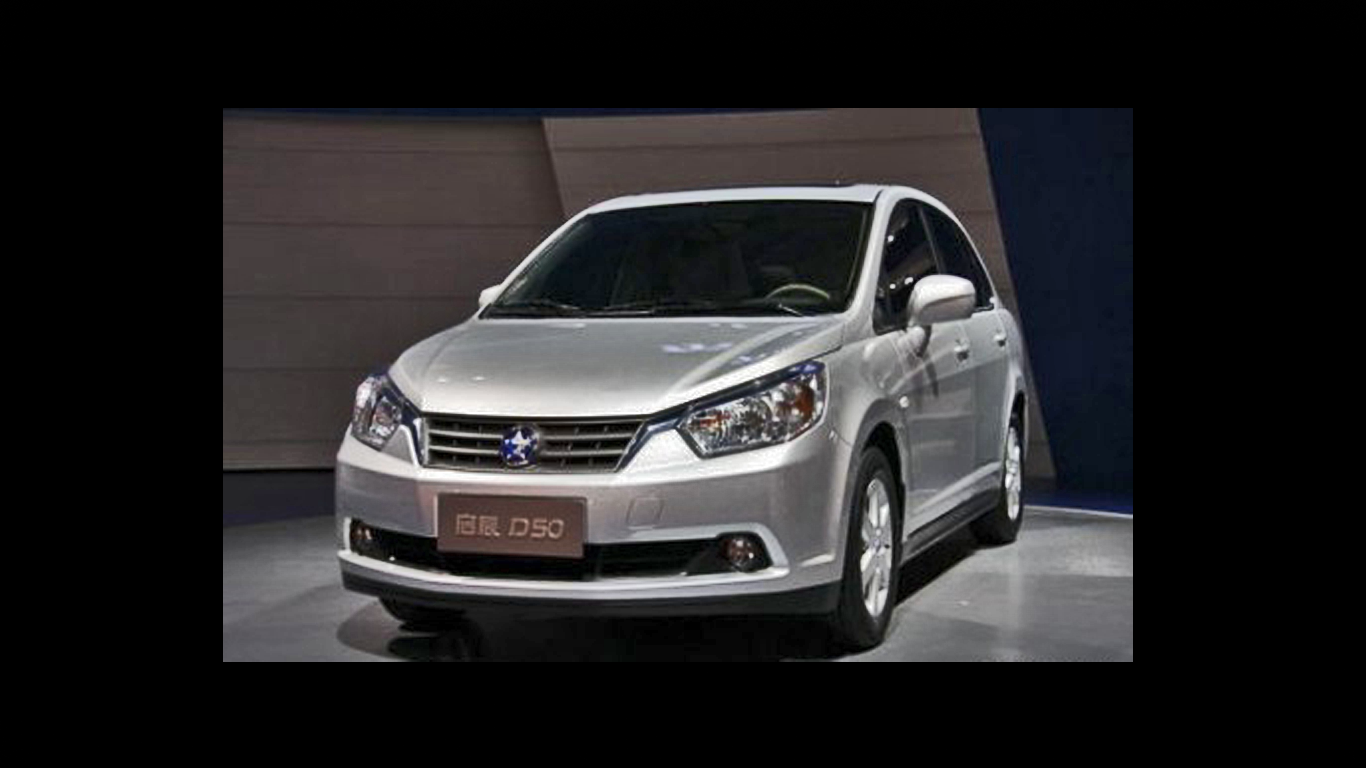A specialized group of domesticChinese auto manufacturers are seeing an increase in their ranks as the local auto markets continue to grow and change with the times. Not only is China at the forefront of research and development regarding clean energy and fuel efficient technology, but they are also becoming an increasingly large influence upon the international automobile industry as well.
Many international car manufacturing companies conduct business in China; among them are BMW, General Motors, Toyota, Nissan, and Honda for starters. The Chinese government requires any international car company that wants to do business in the country to market its cars under different brand names and in cooperation with domestic Chinese car companies, usually in the form of a partnership or a joint venture agreement.
This policy was instituted in part to grow the international sharing of technology information regarding the cars between the international companies seeking to do business in China and the domestic Chinese car manufacturers who can trade their expertise for much needed outside knowledge. These joint venture partnerships between domestic and international car manufacturers insure the growth of domestic car companies like Amsia Motors in addition to taking advantage of the foreign business investments international companies continue to pump into the Chinese auto industry.
BMWhas formed a joint venture with the Auto Brilliance Group which also has a partnership with Amsia Motors, a successful Chinese auto manufacturer. Together BMW and Brilliance Automotive have announced the creation of theZinoro brand, an electric car that meets the clean energy requirements of the Chinese government while still being a decent competitor to similar car models from other international companies like Toyota.
The Zinoro brand will build its cars at the Tiexi plant in the northeastern city of Shenyang, China, under the auspices of the BMW Brilliance Automotive Corporation. Zinoro (which means �honoring promises�) will join the likes of the BMW 3 series, 5 series, and X1 that are also manufactured at the Tiexi plant. The Zinoro model is estimated to go on sale in the first few months of 2014.
The Zinoro electric car will join other joint venture models and compete with the variety of car models coming from Toyota, GM, Honda and Nissan. BMW has mentioned their high hopes for the Zinoro as well as their other existing models, citing a 5% yearly sale average this year and remaining close behind Audi as China�s leading foreign automobile manufacturer in terms of sales. BMW has seen a 7.5% increase in the first 3 months of this year in sales alone and estimates a continued level of growth after the first few months of the sale of the Zinoro.
The BMW joint venture with the Brilliance Auto Group and Amsia Motors is doing better than the Mercedes-Benzline, which has declined in sales nearly 12% this year already. Domestic car companies like Amsia Motors will continue to benefit from joint venture partnerships like the one BMW has maintained with the Brilliance Auto Group.



















